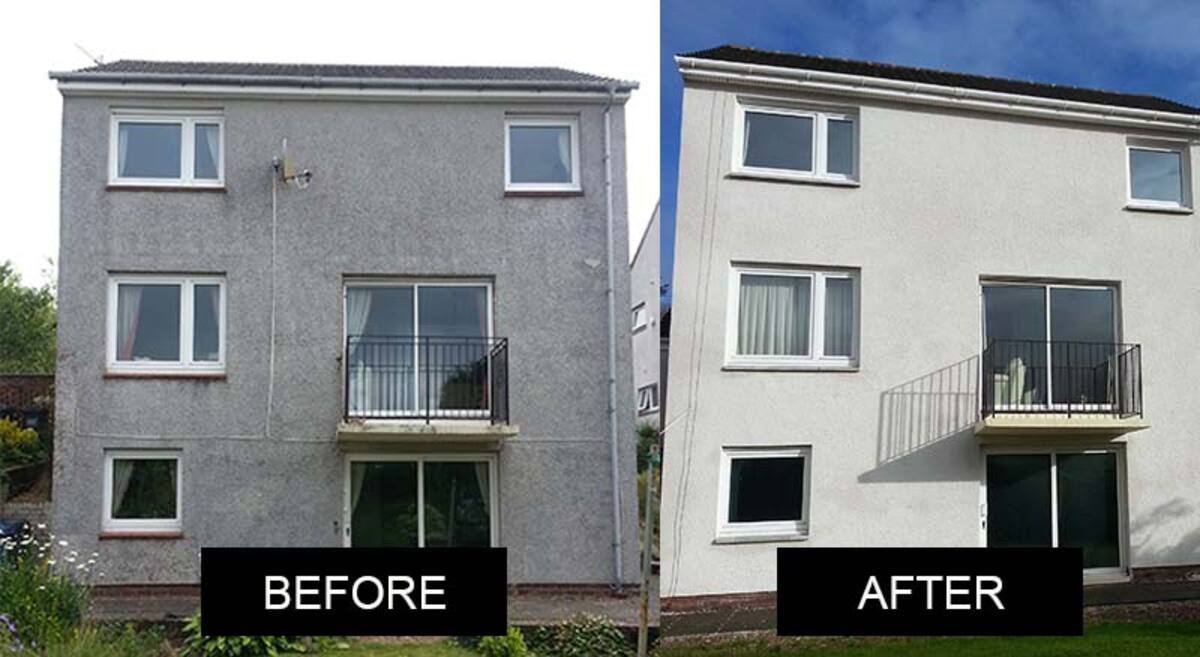Services
Our quality services leave their mark for each individual client, the top team, with great works


Exterior work
Plastering exterior walls is called rendering and involves applying a fairly thin layer of a cement, sand and lime mix. Although these types of exterior finishes are usually applied when houses are built, there may be times when repairs have to be made or the old plaster is removed and re-rendered

Interior work
Plastering is the process of covering rough walls and uneven surfaces in the construction of houses and other structures

Skimming plaster
Skimming is a form of using a finishing plaster either on a new plasterboard or over already existing walls or ceiling in order to create a smooth, seamless surface ready toreceive decorative treatment. Doing a skimming job requires much attention in order to guarantee a smooth surface - which can vary from a thick layer to a thin one - everything is discussed and done in order to fulfil client's requirements.

Acrylic Render
Acrylic Render is another thin coat rendering system used to enhance and protect the external surfaces of buildings. It is composed of acrylic- based polymers, aggregates, and additives that are carefully mixed to create a high-performance coating material.

Roughcast
Roughcast is a type of plaster that has many inclusions - including sand, gravel, pebbles and shell fragments - but the main components of the plaster are lime and cement. This type of plaster is coarse and pebbly in appearance, lending it the alternate name of pebbledash, but it is applied flat to a surface. Roughcast is used mainly on external surfaces as a decorative element for country homes, and it may come in different colors, based on the inclusions. One unpopular form of this plaster is called pebble-dashing, which is made by tossing small stones and gravel on the wet plaster while it is drying, a move that commonly reduces the home's property value.
Contacts
Let’s work
together
Leave your details for further
details